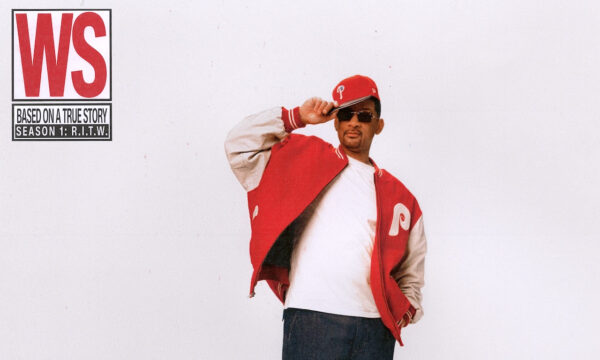The evolution of the tattoo machine

Tattoo machines have a somewhat complicated history, it is said that the first examples existed in the 1800s, after the renowned Thomas Edison invented the electric pen. According to some historians, the famous inventor’s work resulted in the development of the first prototype, dating back to 1876, whose main purpose was to create stencils for advertising flyers.
It is also known that the tattoo artist Samuel O’Reilly modified Edison’s design around 15 years later to enable it to function specifically as a tattoo machine, which was patented and began manufacturing in 1891. This machine remains one of the most sought-after designs to this day.
The evolution of the tattoo machine
Without a doubt, tattoo machines are truly controversial and have come a long way to reach the most popular Musotoku models common on the market today.
The first proposal, adapted from the prototype created by Edison, was almost like a kind of pen. Later, Charles Wagner was given the task of finding a machine model with twin coils, one next to the other.
The first commercial tattoo machine was born in 1920, designed by Percy Waters, from which 14 different styles were obtained, many of which continue to be legitimately used. But even more relevant was Carol Nightingale’s model, with her adjustable machine proposal. Although this machine was never considered to have been a successful design, it was a fundamental pillar in establishing new and precise standards concerning colour finishes, properties, and design styles.
Developing prototypes into successful machines
The early tattoo machine was a fairly heavy product, difficult to transport and handle, and was also very cumbersome to work with. Luckily for tattoo artists, tattoo supplies shops started stocking electric motors fitted to a tube that includes a steel needle to streamline the equipment.
Thus the most recent tattoo machine model was born, with the addition of two electromagnetic coils, some contact bars, and some extra springs.
Many machines today are considered cutting-edge products because they offer various advantages to tattoo artists, such as higher strength, durability, and speed settings. Those in this category are the rotary machines, that instead of moving the needle with an electromagnetically propelled armature are based on a regular motor.
The importance of continuing innovation
Although they are not a distant invention, today’s tattoo machines offer better results than their predecessors, without a doubt. The differences between today’s machines and those at the end of the 19th century are small, but they have made an enormous difference to the tattooing community.
Better colour penetration, a much lighter machine, ergonomic grip, and total precision are just some of the advantages that have come about as a result of continued innovation by machine makers. In addition to this, there are infinite new proposals offering improvements to specific techniques such as shading, lining, or colour packing among others.
In other words, anyone interested in acquiring a tattoo machine can choose one that best suits their budget and needs, as well as the finish on the skin that they want to achieve (always adhering to the established safety and hygiene controls).
The advantages of modern machines
Far fewer artists would likely have dedicated themselves to the profession of tattooing if the machines that existed in the early days had not been developed and improved. They were robust but heavy pieces that caused pain to the wrists and generated inaccuracies in the lines. The art of tattooing would not have been the same, nor would it have gained so many followers, if the machines had not evolved. The new models allow artists to use a machine suited to each part of the design, and the best example of this is the realism style that would have been impossible to develop by any artist without counting the precision and speed setting of today’s modern equipment.
The final result depends not only on the ability of the tattoo artist and his years of experience but also on the quality of the products he uses.
The editorial unit
























Facebook
Twitter
Instagram
YouTube
RSS